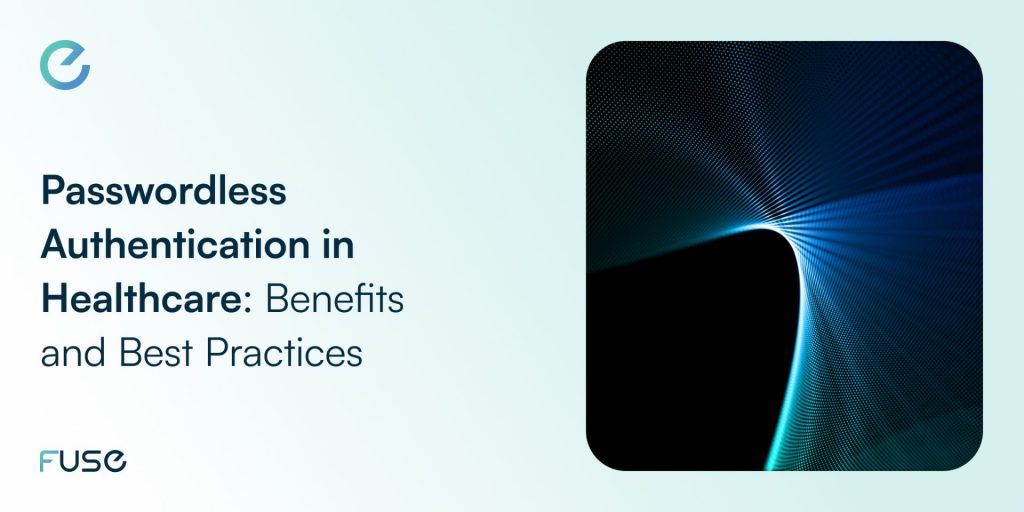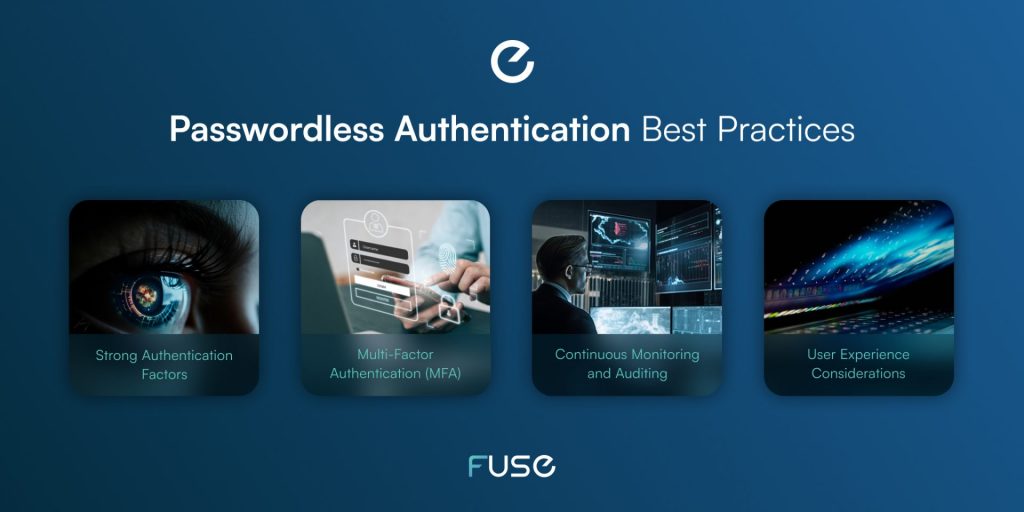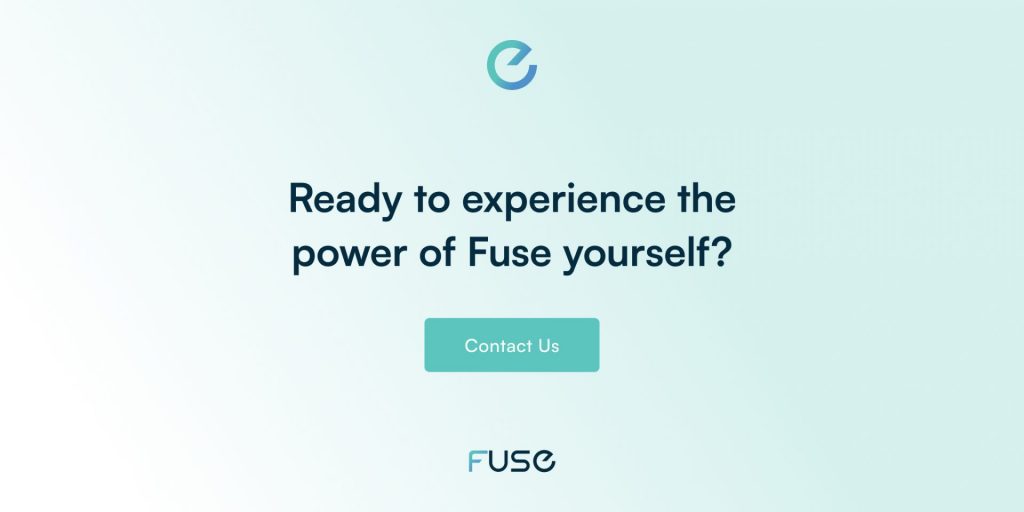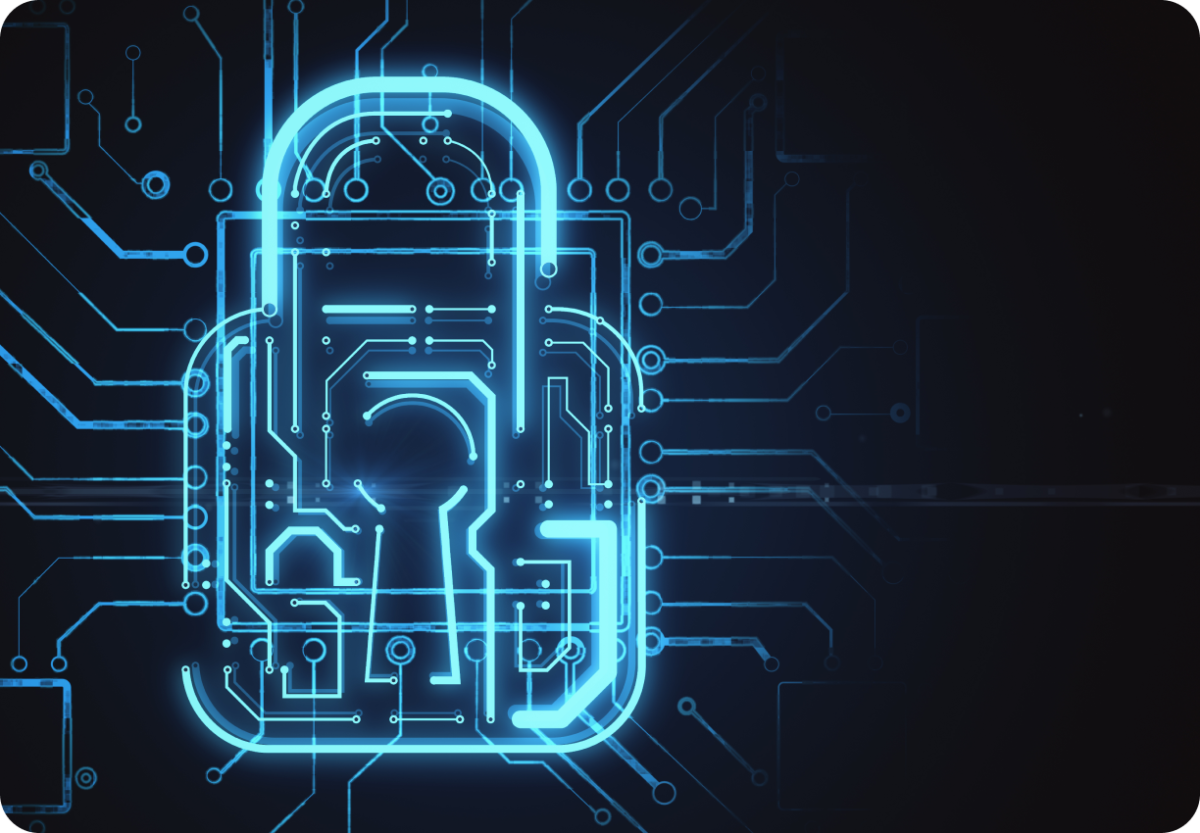Passwordless Authentication in Healthcare: Benefits & Best Practices


How does Passwordless Authentication work in healthcare? Bear with us for an in-depth coverage of the topic.
Security has become a top priority for companies aiming for a successful Digital Transformation in today’s virtual world, where cyber-attacks and dangers are no longer a rarity.
This is valid especially in healthcare, where organizations handle sensitive patient data, electronic health records, and insurance information, as per BeyondIdentity. While securing private data is vital, passwords are less and less efficient.
Password-based Authentication: No Longer Appealing in Healthcare
The increasing complexity of password requirements makes it harder for users to manage passwords across various accounts, especially when they require to access multiple applications and platforms.
Apart from this, several other aspects of traditional password-based authentication make healthcare organizations consider a change. We have listed 5 of the most important:
1. Password security weaknesses
Passwords can be easily compromised or guessed, especially if users set up weak or easy-to-guess passwords. Many people also reuse passwords across multiple accounts, making them vulnerable to attacks if one of their accounts is breached.
2. Risk of Unauthorized Access
Protecting patient data is crucial in healthcare. Password-based authentication relies on users’ ability to remember and safeguard their passwords, but this can be challenging, leading to practices like writing down the passwords or sharing them with colleagues. Such behaviors increase the risk of unauthorized access to sensitive patient information.
3. Lack of Accountability
Password-based authentication does not provide strong accountability measures. If multiple individuals share the same password, it becomes difficult to determine who accessed the system or performed specific actions, compromising audit trails and accountability.
4. Inefficient User Experience
Healthcare professionals often need to access patient information quickly, and frequent password entry can consume time and disrupt workflow. Complex password requirements, such as frequent password changes or the use of special characters, can further impede efficiency and may result in users resorting to insecure practices to simplify password management.
5. Evolving Security Threats
The healthcare sector is a prime target for cyber-attacks because of the valuable data it holds. Password-based authentication alone is insufficient to protect against attacks such as phishing, keylogging, or credential stuffing. Hackers can exploit vulnerabilities in password systems, potentially compromising patient data or disrupting healthcare services.
To address these limitations, healthcare organizations are moving towards more robust authentication methods, such as multi-factor authentication (MFA) and passwordless authentication, which works through biometrics (e.g., fingerprint or iris scans), smart cards, or hardware tokens.
Benefits of Passwordless Authentication in Healthcare

Passwordless authentication is an appealing solution for healthcare organizations due to its many advantages. These include:
1. Enhanced Security
Passwordless authentication eliminates the risks associated with weak or compromised passwords. Instead of relying solely on something that users know, like passwords, it leverages other factors such as biometrics (fingerprint, facial recognition, etc.) or possession of a physical device (smart card, token) to verify the user’s identity. This adds an extra layer of security and reduces the vulnerability to password-related attacks.
2. Improved User Experience
Passwordless authentication methods streamline the login process and provide a seamless user experience. Users no longer need to remember complex passwords or undergo repetitive login procedures. By utilizing biometrics or devices, authentication becomes quick and convenient, resulting in increased productivity and user satisfaction.
3. Reduced Administrative Burden
Traditional password-based authentication requires ongoing password management, including regular resets, policy enforcement, and account recovery processes. Passwordless authentication reduces the administrative burden by eliminating these tasks, freeing up resources and reducing costs associated with password-related support and maintenance.
4. Accountability
Passwordless authentication provides better accountability compared to password-based systems. Since each user’s identity is uniquely tied to their biometric or device, it becomes easier to track and audit user activities. This enables organizations to better understand who accessed the system, when, and for what purpose, enhancing security and compliance.
5. Resistance to Credential-Stuffing
Credential stuffing is an attack where attackers use leaked or stolen usernames and passwords from one service to gain unauthorized access to other accounts, exploiting password reuse habits. Passwordless authentication eliminates the reliance on passwords, rendering credential-stuffing attacks ineffective.
6. Regulatory Compliance
Healthcare organizations often face stringent regulatory requirements, such as the Health Insurance Portability and Accountability Act (HIPAA) in the United States, according to HealthTech. Passwordless authentication can help organizations meet compliance standards by implementing more robust security measures and reducing the risk of unauthorized access to protected health information (PHI).
All these aspects turned passwordless authentication into an appealing solution to address the limitations of password-based systems in healthcare.
Passwordless Authentication in Healthcare: Best Practices

When implementing passwordless authentication in healthcare, it is important to follow best practices to ensure security and usability. Here are some recommendations:
1. Strong Authentication Factors
You should choose robust authentication factors for passwordless authentication, such as biometrics (fingerprint, facial recognition) or possession of a physical device (smart card, token). Ensure these factors are resistant to spoofing or tampering.
2. Multi-Factor Authentication (MFA)
Consider implementing multi-factor authentication by combining different authentication factors. For example, ask for a fingerprint scan and possession of a smart card for stronger authentication.
3. User Experience Considerations
Prioritize user experience by selecting authentication methods that are convenient and easy to use. Ensure that the chosen method works well across various devices and platforms and consider user feedback during the implementation and refinement process.
4. Risk Assessment
Conduct a thorough risk assessment to identify potential threats and vulnerabilities associated with the chosen authentication method. Implement appropriate controls and safeguards to mitigate risks.
5. Identity and Access Management (IAM)
Integrate passwordless authentication with a robust IAM system. This helps manage user identities, access permissions, and authentication policies effectively. Implement measures like role-based access control (RBAC) to ensure appropriate access levels.
6. Secure Enrollment and Provisioning
Establish secure processes for enrolling users in the passwordless authentication system. Verify the identity of users during the enrollment process and ensure secure provisioning of authentication factors or devices.
7. Continuous Monitoring and Auditing
Implement monitoring and auditing mechanisms to track user activities and detect suspicious behavior. Regularly review audit logs to identify potential security incidents or policy violations.
8. Education and Training
Provide comprehensive education and training to users on passwordless authentication. Promote awareness of security best practices, such as safeguarding physical devices and not sharing authentication factors.
9. Robust Authorization and Privilege Management
Passwordless authentication is only one part of a comprehensive security strategy. Implement strong authorization controls to ensure that users have appropriate access privileges based on their roles and responsibilities.
While these best practices provide a general guideline, it’s crucial to consider the specific needs and risk profile of your healthcare organization during the implementation of passwordless authentication.
Fuse and Passwordless Authentication
The good news is… Fuse, eTag Technologies’ digital integration platform, can help with that. Fuse offers passwordless login capabilities, allowing users access without traditional passwords.
It works by creating new Identity Provider (IdP) integrations that correspond with the passwordless login method. Instead of traditional passwords, users can use forms of authentication such as biometric data, secure tokens, smart cards, common access cards, authenticator apps, and RFID.
Fuse also allows the merged use of a single account across multiple IdPs. This way, users can link the passwordless login to an existing account to streamline the authentication process and provide a smooth experience across different platforms.
Once a user has authenticated with their existing account, Fuse grants access and authorization based on the security permissions assigned to the account they authenticated with.
This ensures that users will only be able to access the features and functionality that they have been granted permission to access, reducing the risk of unauthorized access and data breaches.
Fuse, the ideal solution for Passwordless Authentication
Among the methods Fuses uses for passwordless authentication, we find biometric authentication, which allows users to authenticate their identity using biometric data such as fingerprints or facial recognition.
Another method employed is secure tokens, small devices that generate one-time codes that can be used for authentication. Given the difficulty of replicating biometric data and the random generation of the codes, both methods provide higher security levels than traditional passwords.
In addition to these, Fuse also supports methods of passwordless login such as smart cards, common access cards (CAC), authenticator apps, and RFID.
To sum up, Fuse provides a wide range of passwordless login options, intending to meet the security needs of different organizations and industries. These capabilities ensure that user interactions are safe and secure, reducing the risk of security breaches and providing a better user experience.
Fortify your security with eTag Fuse. Request a demo and we’ll provide customized and secure solutions for your organization.

Sources:
- HealthTech:
https://healthtechmagazine.net/article/2022/09/5-questions-about-passwordless-world-healthcare
- BeyondIdentity:
https://www.beyondidentity.com/developers/blog/how-choose-authentication-method-your-new-project

















